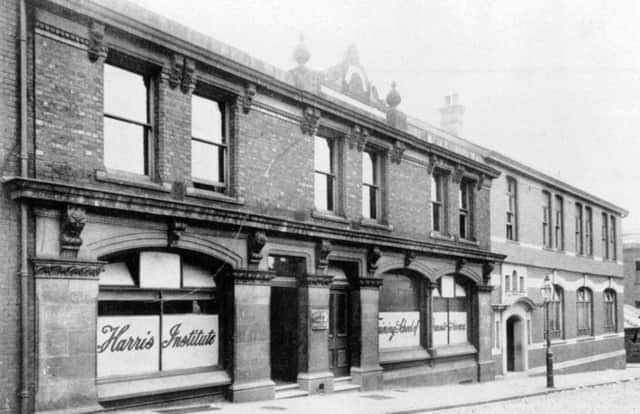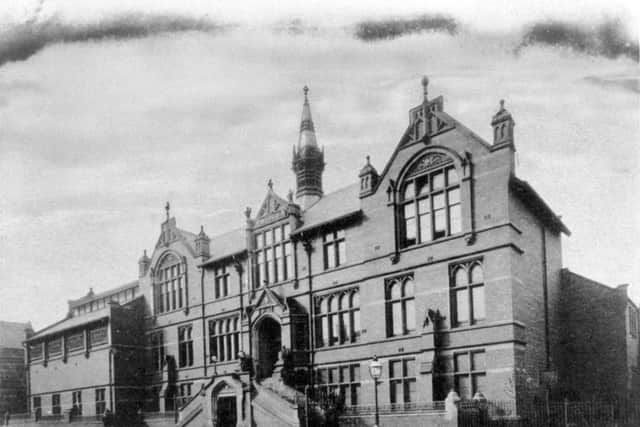The Harris was buzzing with activity in wartime


After four grinding years, the demands of the conflict was felt across the land, with barely a family, community or institution unaffected.
As the main provider of technical and vocational education in Preston, the Harris Institute saw significant changes in the type of students who came, and adjusted its curriculum to meet the needs of war.
Advertisement
Hide AdAdvertisement
Hide AdOne of the immediate effects was the rush to the colours of many of the young men, with over 100 students enlisting in the first few months. Many more staff and students would join up; some did not return, although most did. Overall, student numbers largely held up, with significantly more women and younger people coming to study. The ratio of female students increased from about 12 per cent at the outbreak of war to over a third by 1918-19.


The Harris Institute served a wide range of industries and occupations, including cotton manufacture and engineering, trades, agriculture, and commerce.
There was also an art school and a thriving School of Domestic Science. It was the commercial department that expanded the most during the war.
The majority of new women students studied bookkeeping, shorthand and typing, to replace male office workers.
Advertisement
Hide AdAdvertisement
Hide AdSurprisingly, there was little specific munitions work. A proposal to offer courses in munitions-making was inundated by applications from men of military age, and it was suspected this was not entirely for patriotic reasons. The course didn’t run, but there was a significant expansion of the mechanical and electrical engineering courses, clearly relevant to war industry.
Other areas of work made a different kind of contribution. Classes in Belgian lace-making offered employment for refugees arriving into Preston. The School of Domestic Science gave lectures on food economy and efficiency to ease the impact of rationing.
Courses were put on for disabled ex-servicemen.
The Harris Institute contributed to the war effort in diverse ways, especially through training personnel for industry and the bureaucracy of war, also by supporting domestic life and offering new opportunities.